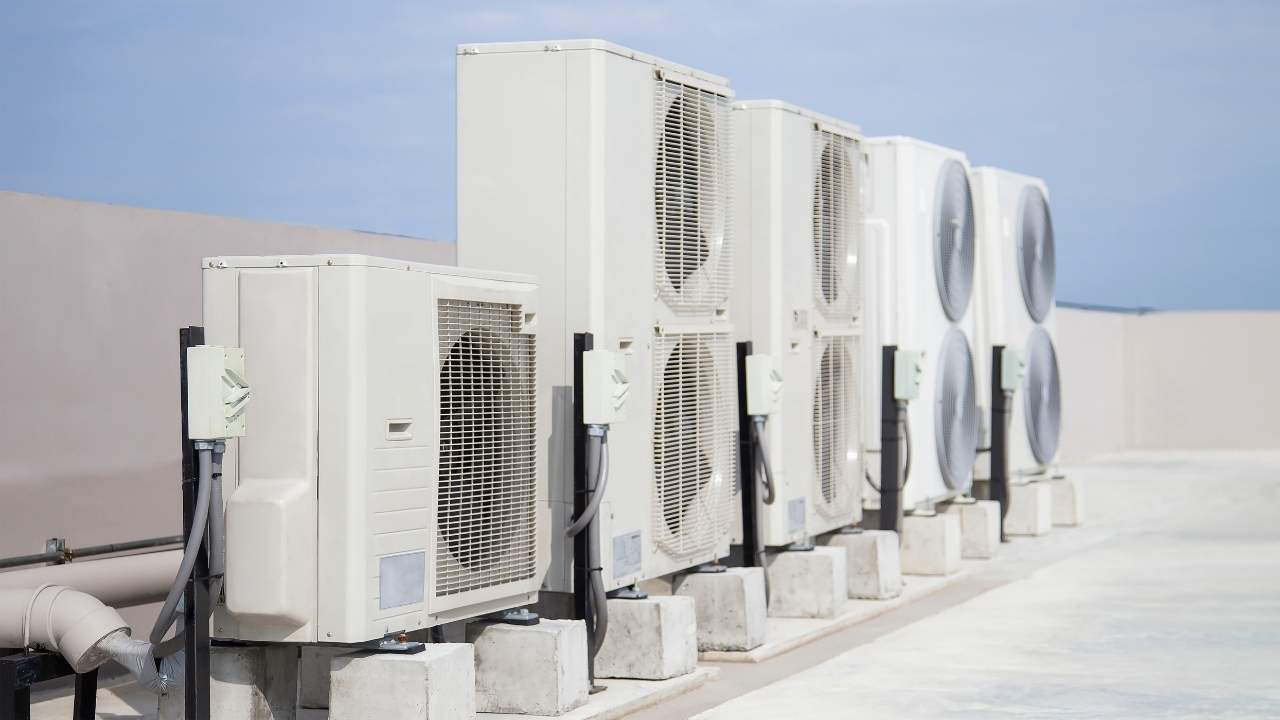Have you ever wondered, how does whole-house ventilation control work? Proper ventilation is important for keeping the air in your home healthy.
As homes get more airtight, managing the air inside has become harder. Whole-house ventilation systems help by changing stale air for fresh air from outside.
In this guide, we’ll explain how does whole-house ventilation control work and why they are important for a healthier and more energy-efficient home.
Why Whole-House Ventilation Matters?
These systems use fans and ducts to either bring in fresh air or push out stale air. They give better air exchange than normal HVAC systems.
The constant flow of air helps stop pollutants from building up, keeping the air fresh in your home. While regular air duct cleaning helps, a whole-house ventilation system is a stronger tool for improving air quality.
There are four main types of whole-house systems:
- Exhaust
- Supply
- Balanced
- Energy recovery

Each system works a little differently, but all aim to keep your home’s air cleaner and healthier.
Exhaust Ventilation Systems
How does it work?
Exhaust systems work by making the air pressure inside your home lower than the air pressure outside. These systems use exhaust fans to push out stale air through vents.
When the air pressure drops, fresh air from outside is pulled in through passive vents, windows, or small leaks in the building.
Exhaust systems are simple, efficient, and low-cost. They work well in cold climates because they balance air pressure naturally. However, there are some problems.
Without controlling the incoming air, pollutants can sneak in. In hot or humid climates, too much moisture can damage windows and walls. Also, depressurisation can cause backdrafting in combustion appliances, which can be dangerous.
Because of this reason, exhaust systems are not the best choice for many architects, but they can work well in colder places where humidity isn’t a concern.
Supply Ventilation Systems
How does it work?
Supply systems work the opposite way of exhaust systems. Instead of pulling air out, they push fresh air into the home using supply fans, creating positive pressure.
This forces the air inside to leak out through windows, vents, and small gaps in the building. These systems are easy to install, just like exhaust systems, but they have some clear benefits.
They allow for better control over the air coming in, so things like pollen or dust can be filtered out before entering the home.
They also don’t have the backdraft issues of exhaust systems. However, they’re not good for colder climates because they can lead to condensation, which could cause water damage over time.
Balanced Ventilation Systems

How does it work?
Balanced systems are a mix between exhaust and supply systems. They don’t pressurise or depressurise the home.
Instead, they bring in as much fresh air as they are pushing out stale air. To do this, they use two fans and two duct systems—one for exhaust and one for supply.
The idea is to remove air from places where pollutants build up (like kitchens, bathrooms, and laundry rooms) and bring in fresh air where people spend most of their time, like bedrooms and living areas.
Energy Recovery Ventilation
How does it work?
Energy recovery systems, also called heat recovery systems, are similar to balanced systems but with one extra feature—a heat or energy recovery ventilator.
The problem with exhaust, supply, and balanced systems is that they don’t adjust the temperature of the incoming air, which can make your HVAC system work harder.
In the summer, they can bring in hot air, and in winter, cold air, making it harder to keep your home comfortable.
That’s where energy recovery comes in. It uses the exhaust air to either heat or cool the incoming air, depending on the season. It makes the system more energy-efficient and less of a strain on your HVAC system.
Balanced and energy recovery systems are generally the best choice for most homes, as they work well in many climates. But exhaust or supply systems can still be good in certain situations.
Comparison of Whole-House Ventilation Systems
Exhaust Ventilation Systems
Benefits:
- Affordable and easy to install
- Works well in cold climates
- Simple design
Drawbacks:
- Can bring in pollutants from outside
- Not good in hot or humid climates
- Relies on unpredictable air leakage
- May increase heating and cooling costs
- Backdrafting in combustion appliances can be dangerous
Supply Ventilation Systems
Benefits:
- Simple to install
- Good for controlling the air that comes in, like filtering pollen or dust
- Works well in hot or mixed climates
- Helps reduce humidity
Drawbacks:
- Can cause moisture issues in colder climates
- Doesn’t manage moisture in the incoming air
- Might increase heating and cooling costs
Balanced Ventilation Systems
Benefits:
- Works in all climates
- Keeps a consistent flow of air
- Brings fresh air and removes stale air
Drawbacks:
- Costs more to install and run
- Doesn’t adjust the temperature of incoming air
- May increase heating and cooling costs without energy recovery
Energy Recovery Ventilators
Benefits:
- Saves energy by adjusting the temperature of incoming air
- Works well for homes of all sizes
- Reduces heating and cooling costs
Drawbacks:
- Higher upfront costs
- Not cost-effective in mild climates
- Needs experienced contractors to install
- Needs freeze protection in colder climates
- More maintenance needed
Get Expert Help with Whole-House Ventilation Installation
Want to breathe cleaner air?
Contact Vent Solve today for expert advise on choosing and installing the perfect whole-house ventilation system for your home. Ensure the best air quality and energy efficiency with our professional solutions.
Conclusion
So, how does whole-house ventilation control work? The right system can make a huge difference to the air quality in your home.
From exhaust systems that remove stale air to energy recovery systems that save energy, there are lots of options to choose from.
Whether you live in a hot, humid place or a cooler one, there’s a whole-house ventilation solution to suit you and improve your air. Getting the right system is key to keeping your home fresh, healthy, and energy-efficient.
FAQ Section
1. What is whole-house ventilation?
Whole-house ventilation refers to systems designed to bring fresh air throughout your home by either pushing out stale air or bringing in fresh air. It helps improve indoor air quality.
2. How does whole-house ventilation control work?
It works by constantly exchanging stale indoor air with fresh outdoor air. The type of system you choose will control the flow of air to improve air quality.
3. What are the benefits of whole-house ventilation?
The main benefits are better air quality, fewer pollutants, and moisture control. It also makes your home more comfortable.
4. What’s the difference between exhaust and supply systems?
Exhaust systems pull stale air out, while supply systems push fresh air in. Supply systems give you more control over the quality of the air coming in.
5. Are balanced and energy recovery systems better than exhaust or supply systems?
Balanced and energy recovery systems are often better because they maintain consistent airflow and can save energy. But they cost more to install.
6. How do I choose the right system for my home?
It depends on your home’s size, climate, and air quality needs. Speak to our expert to help you choose the best system.


